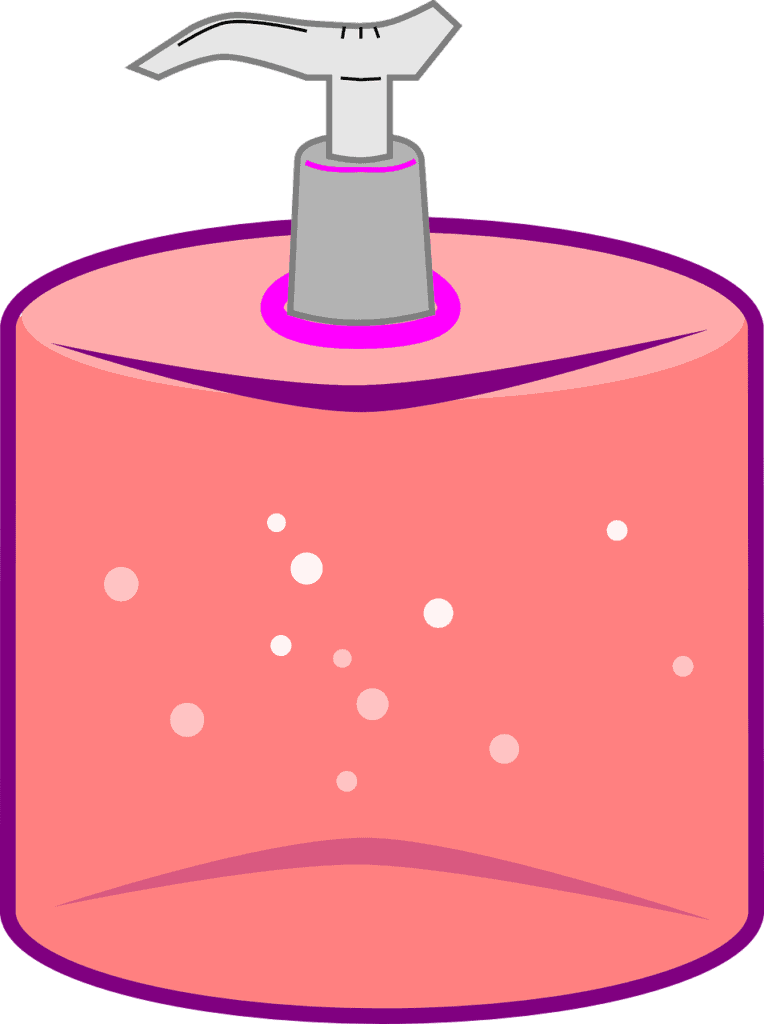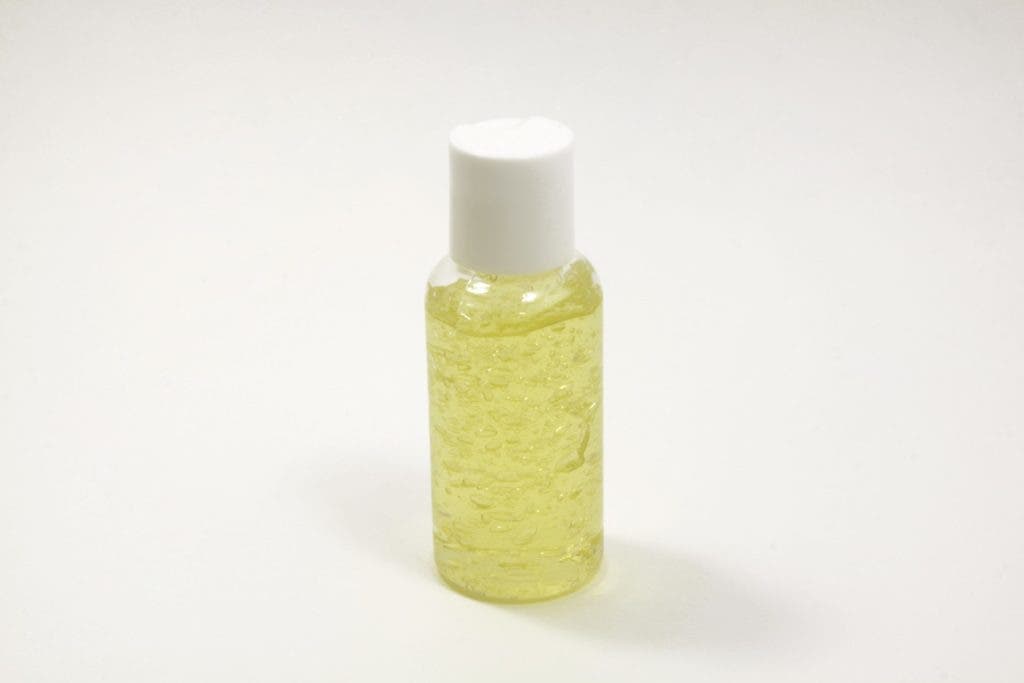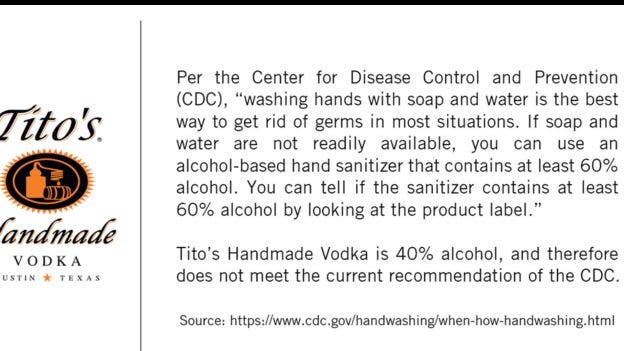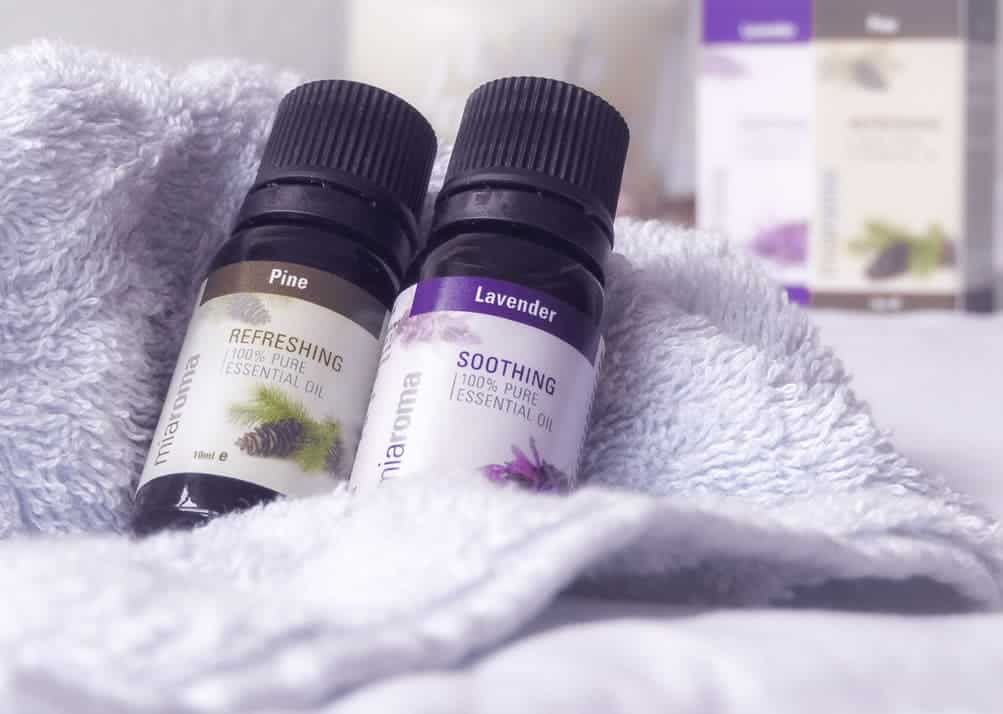
The Covid-19 outbreak highlighted something we should have been doing all along: washing our hands.
As the world wakes up to the *startling* realization that we need to clean our hands several times a day, people are also starting to horde cleaning products. Several cities are already reporting sanitizer shortages, and it’s possible that the shortages will become a real problem.
If that’s the case, you might want to look at making your own sanitizer.
Soap and Sanitizer
Ideally, you shouldn’t need to make your own sanitizer. I know, it’s weird to start an article about making your own sanitizer by saying you shouldn’t have to do it, but it’s true. Sanitizer isn’t a substitution for plain old hand-washing, it should only be used when washing is not possible.
The best thing to do is wash your hands with soap — this works in general but is particularly useful in the case of coronavirus. Coronaviruses are surrounded by a layer of lipids. Soap and water destroy that surrounding layer, essentially killing them. This is not true for all pathogens; typically, soap just takes pathogens off of your skin without killing them, but it is doubly effective if you’re mostly concerned about a coronavirus.
Unfortunately, in our day to day life, we might not always have running water — and this is where sanitizer can come in handy.

What sanitizer does
Hand sanitizer is a liquid, gel, or foam that’s used to decrease the number of pathogens on your hands. This is especially important in the case of an infectious outbreak when we can get infectious agents on our hands, and then transfer them into our body by touching our mouth, nose, and eyes.
It is effective at killing microorganisms and tends to be softer on the skin than soap and water.
Most hand sanitizers are alcohol-based, and this is what we will be going for here.
The sanitizer needs to be 60% alcohol. This is the most important thing to consider when making sanitizer: not to go below the 60% threshold. This means that as fun as it may sound, vodka is not an effective disinfectant.

The most basic recipe
The simplest recipe for hand sanitizer would be:
- 2/3 rubbing alcohol (91% isopropyl alcohol);
- 1/3 c. aloe vera gel or vegetable glycerin.
Mix then carefully in a clean bowl and then pour them into the container you want them (whether a small tube that you can carry around or anything else you may desire).
That’s it!
That’s the simplest recipe you can make, and you can probably make 1 kilogram of it (35 oz) at around $10 if you buy the cheapest products. You can also substitute the 99% rubbing alcohol for 80% alcohol, but you need to ensure that the end product always has 60% alcohol. We’ve checked the market, and 91% isopropyl alcohol seems to have the best alcohol/price ratio, so that might be your best option, especially since it’s generally available at drug stores.
You need to be very careful with a few things.
For starters, all your tools need to be clean (disinfected), to make sure nothing contaminates your batch. Secondly, you need to be very careful when mixing it. It can be difficult to control how the alcohol gets diluted in the final product, and you want to make sure it is spread evenly.
You might want to use a bit of extra alcohol to have a safety margin, but if you add too much alcohol, it will be rough on your skin. You should also sanitize your containers first.
Other recipes
The World Health Organization (WHO) has its own guidelines on how to make hand sanitizer, but it’s more directed at mass producers than the home consumer.
Nevertheless, if you want to follow the WHO recipe, you can do so (their recipe works with massive quantities, so we’ve adapted the measurements). You need:
- 1 cup and 2 tablespoons of 91% isopropyl alcohol (you can substitute for 99% rubbing alcohol or even 80% alcohol, but be careful with the ratios and amounts — you can leave a bit extra alcohol, but make sure you don’t go below 60% in the final product);
- 1 tablespoon of 3% hydrogen peroxide;
- 1 teaspoon of 98% glycerin;
- a quarter of a larger cup of sterile water (either distilled water or boiled water).
You need to:
- Pour the alcohol into a clean container, pouring gently;
- Add the hydrogen peroxide;
- Add the glycerin and stir gently but thoroughly;
- Add the water;
- Sanitize the containers;
- Pour into containers.
That’s it — you have your very own WHO-approved hand sanitizer.
Spice it up
Of course, if you’ll follow either of the above recipes, you’ll have an effective sanitizer, but not a very pleasant one. It will smell like alcohol and can take a toll on your skin.

The simplest way to change your hand sanitizer into something that actually smells nice (and feels nicer, too) is to add a few drops of essential oil. Some people have allergies to some essential oils, so only use things you know are safe.
You can use pretty much any essential oil you like. Tea tree oil and lavender are the most common recommendations because they smell very nice and have some antibacterial properties. But you can use pretty much any oil you fancy, it won’t make much of a difference (lemongrass, eucalyptus, orange, whatever). This will make the sanitizer feel nicer and be less taxing on your skin.
Add a few drops to the final product (whichever recipe you follow) and stir gently. Then, pour it into the container. Voila, your sanitizer also smells nice now.
Make it the proper way: as per the WHO

As mentioned, the WHO has its own detailed guidelines on how to make hand sanitizers. It’s not simple, and you will need some tools. Here they are again, but we would recommend going on that route only if you know what you’re doing, and/or if you’re preparing for a zombie apocalypse.
To sum it up, wash your hands thoroughly with soap and water, and use sanitizer when you can’t wash your hands (which, let’s face it, can happen a lot in our day to day life). If the sanitizer shortage continues to deepen, you can make your own sanitizer with relative ease.
Stay clean, and stay healthy — they go hand in hand.






